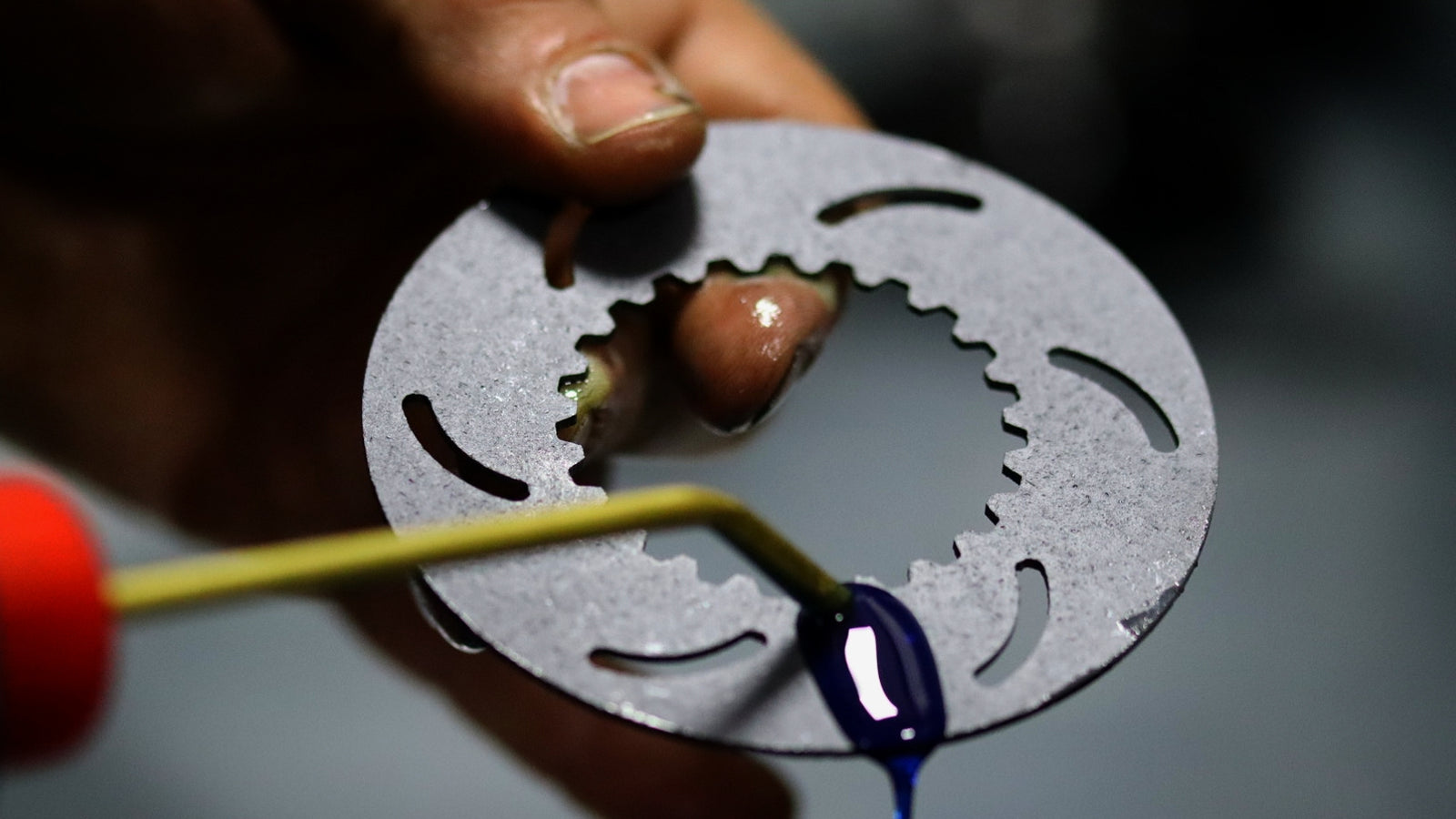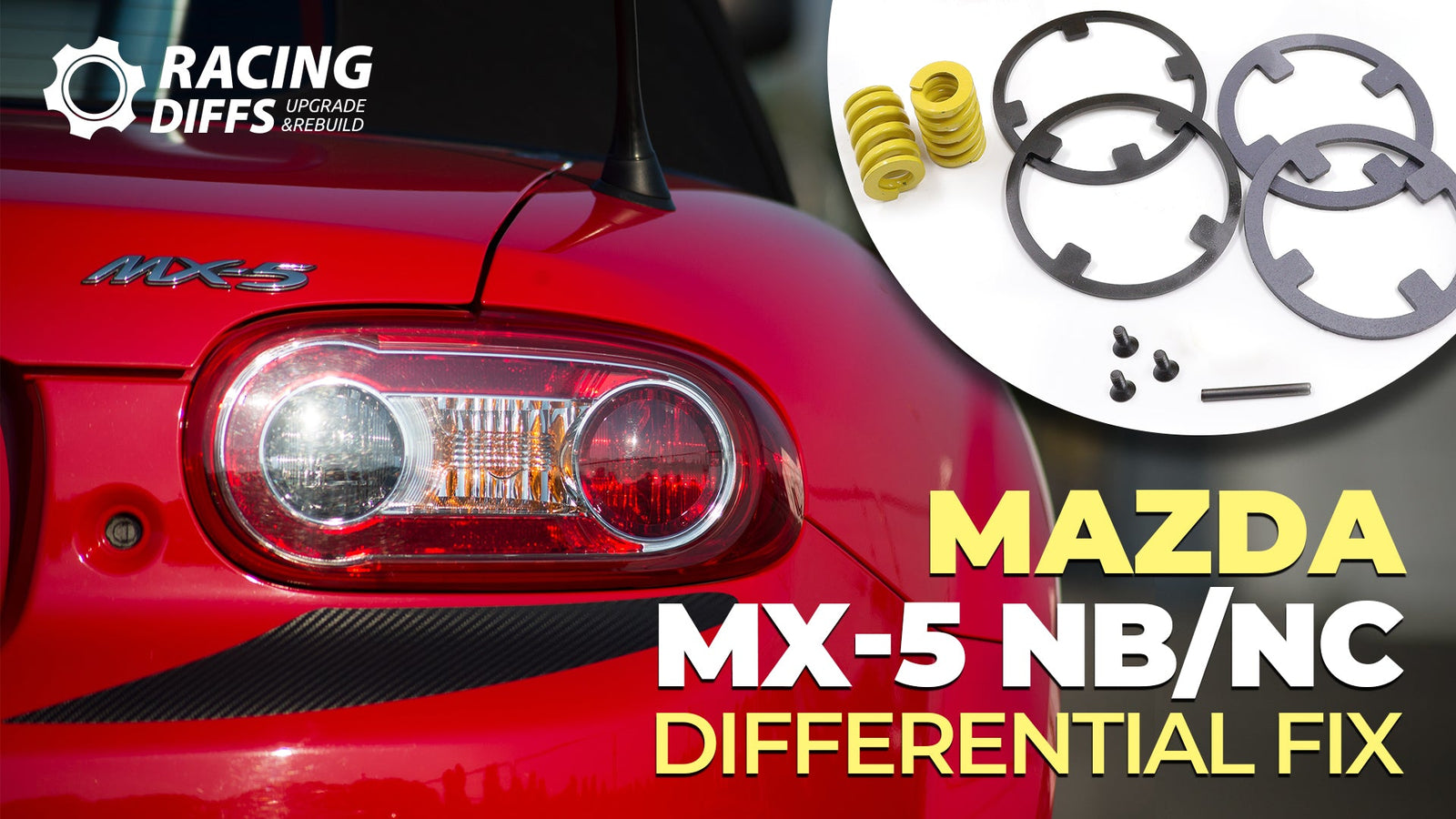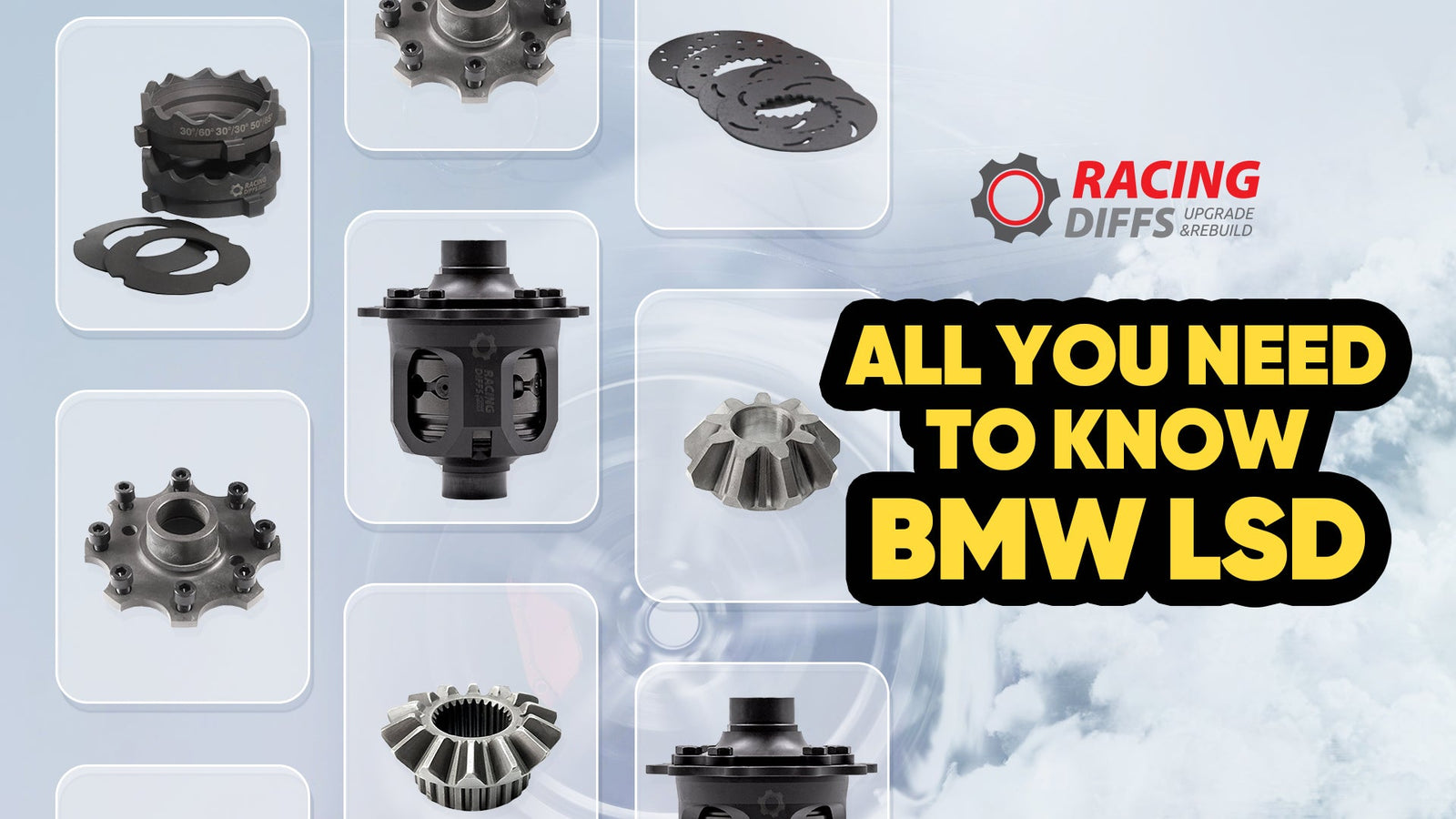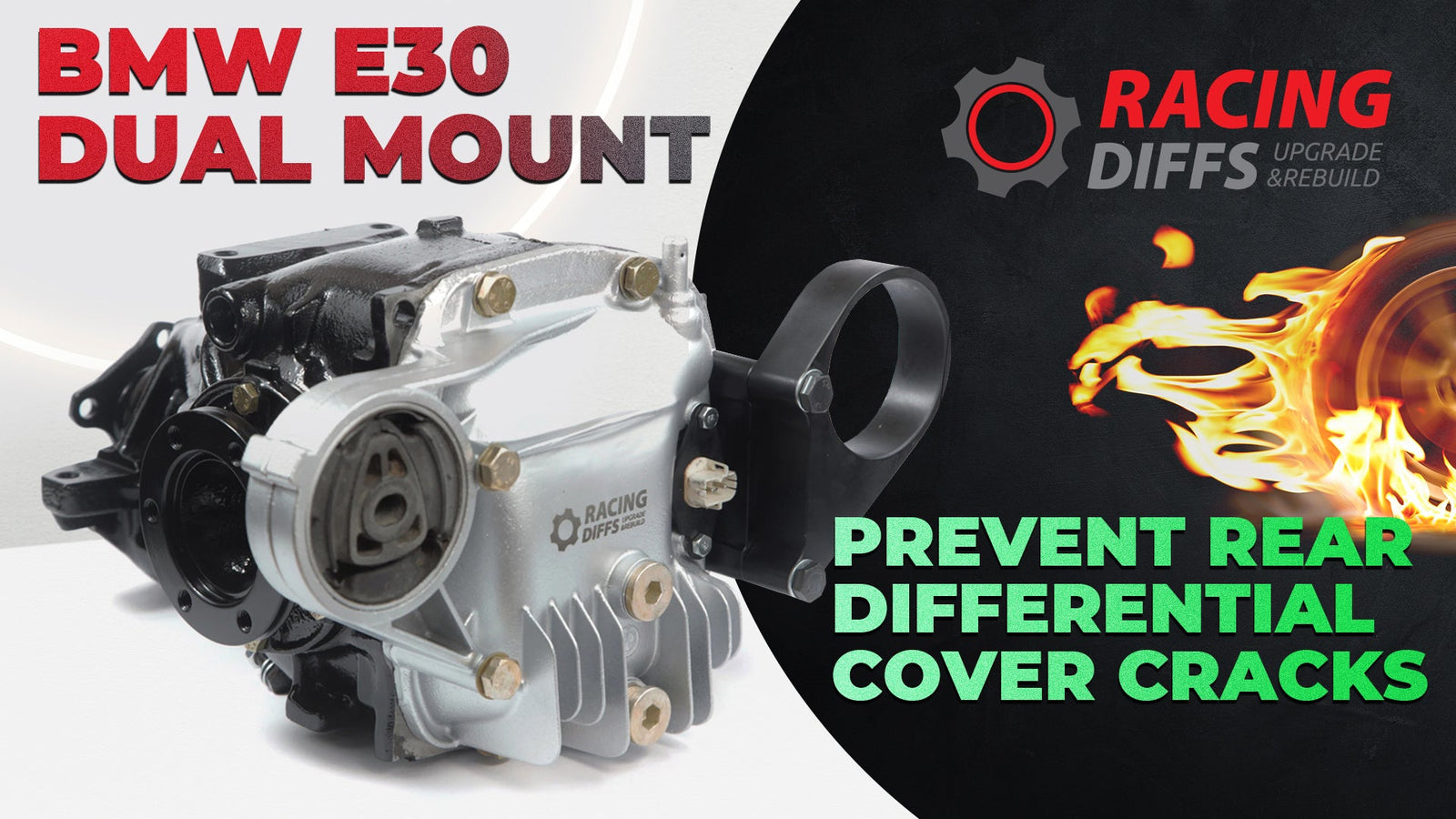Apparel
Accessories
Check out our full lineup of yoga accessories to help you with your daily meditation practice and fitness goals...
Try our new Cork Yoga Brick for soft but solid support
Check out our full lineup of yoga accessories to help you with your daily meditation practice and fitness goals...
Shop
Mega menu
tetasidjaslkihsdlkjfhsdf gjkhsdfgjklsdhfgjkl shdfgjklhsdfgjkl hsdfjklg hsdfkjlg hsdfjklg hsdfjkl ghsdfjkl ghsdfjklgh
Mega menu

Time to get excited about our new collection for Men!
tetasidjaslkihsdlkjfhsdf gjkhsdfgjklsdhfgjkl shdfgjklhsdfgjkl hsdfjklg hsdfkjlg hsdfjklg hsdfjkl ghsdfjkl ghsdfjklgh
Mazda MX5 NB/NC and the Fuji Limited Slip Differential – Understanding the Heart of Handling
August 21, 2025 4 min read

Few cars in automotive history have captured the spirit of pure driving pleasure quite like the Mazda MX5. Known in some markets as the Miata, the MX5 NB and NC generations built on the lightweight, driver-focused philosophy that made the first NA such a success. The recipe remained simple: a front-engine, rear-wheel-drive layout, compact dimensions, and just enough power to keep things exciting without overwhelming the chassis.
But what truly sets the MX5 apart isn’t just its size or weight—it’s the way it handles corners. And at the center of that cornering ability lies a key component: the Limited Slip Differential (LSD).
Why the LSD Matters in the MX5
In everyday driving, most cars use an open differential. This allows the driven wheels to rotate at different speeds when cornering, which is essential for stability. However, in spirited driving—especially when pushing the car through fast corners or on a track—an open differential can quickly become a limiting factor. If one wheel loses traction, power is sent to that wheel, wasting energy and reducing cornering speed.
A Limited Slip Differential addresses this issue by limiting the speed difference between the driven wheels. In simple terms, it helps send power to the wheel with more grip. The result?
-
More predictable cornering
-
Better acceleration out of bends
-
Improved stability during spirited driving
For a lightweight, rear-wheel-drive sports car like the MX5, this isn’t just a small improvement—it’s one of the defining characteristics of how the car behaves on the road or track.
The Fuji LSD in the MX5 NB and NC
Mazda equipped many NB (1998–2005) and NC (2005–2015) models with the Fuji Limited Slip Differential. It’s a mechanical, torque-sensing unit designed to enhance the MX5’s already impressive cornering balance. The Fuji LSD works well when new, providing a smooth and progressive locking effect that complements the car’s lightweight chassis.
However, like any mechanical component, it’s not immune to wear. Over time—and sometimes even at relatively low mileage—certain internal parts can degrade. One known weak point in the Fuji LSD is the small friction cones located behind the spider gears. These cones are pushed by springs to create resistance, but the material and design mean they can crack or wear prematurely.
When this happens, the LSD’s effectiveness drops noticeably. Drivers may find the car more prone to one-wheel spin, especially when accelerating out of tight corners. For a car so dependent on its balance and grip, this can significantly change the driving experience.
RX8 Owners Know the Feeling
Interestingly, a similar issue affects the Mazda RX8’s Super LSD. Although the RX8 and MX5 LSDs differ in size and internal design (making the components non-interchangeable), both share the same fundamental problem: friction cones as the main locking element. RX8 owners often report the same symptoms—reduced lockup, unpredictable grip, and the need for a more robust internal solution.
This parallel is worth noting because it highlights that the issue isn’t unique to the MX5—it’s part of a broader design compromise Mazda used in these factory LSDs during the era.
Why This Matters for Enthusiasts
If you own an MX5 NB or NC and enjoy spirited drives, track days, or even just fast country road runs, the LSD is a vital part of the car’s character. When functioning correctly, it gives the MX5 that playful, controllable rear end that enthusiasts love. When worn, it robs the car of that magic, making it feel less connected and more prone to losing grip on one wheel.
For drivers who value the MX5’s balance and responsiveness, understanding the Fuji LSD—and knowing its strengths and weaknesses—is key. It’s not just about outright performance; it’s about preserving the purity of the MX5 driving experience.
The Legacy of Lightweight, Balanced Driving
The MX5 NB and NC have both cemented their place as accessible sports cars that deliver joy in every gear. They may not have huge horsepower figures, but they prove that light weight, precision steering, and a well-tuned chassis can offer more driving satisfaction than raw speed ever could.
The Limited Slip Differential is at the heart of this formula. By keeping both rear wheels working together through a corner, it allows the MX5 to dance in a way that few modern cars can match—communicating every nuance of the road surface while giving the driver confidence to push harder.
Whether you’re preserving an original car or fine-tuning your weekend track weapon, paying attention to the health of the LSD is one of the best ways to ensure your MX5 stays true to its legendary handling reputation.
A Proven Solution to the Fuji LSD Weak Point
At RacingDiffs, we’ve developed a dedicated upgrade kit for the Mazda MX5 NB/NC Fuji LSD that addresses the well-known friction cone issue without altering the car’s character. It’s a straightforward improvement designed to restore and enhance your LSD’s locking ability, ensuring your MX5 keeps delivering the handling magic it’s famous for.
📌 You can read more about the kit and its benefits here: Mazda MX5 Fuji LSD Upgrade Kit
Also in News

Think Welded Diff Is Enough for Drifting? Think Again. Here’s the Truth.
December 15, 2025 4 min read
Read More
BMW Limited-Slip Differentials: How They Work, When to Rebuild, and Smart Upgrades (E46 M3, E92 M3, E60 M5/M6, F87/F80/F82)
September 06, 2025 6 min read
Read More
How to reinforce Your BMW E30 Differential Without Breaking the Bank
June 26, 2025 2 min read
Read More


